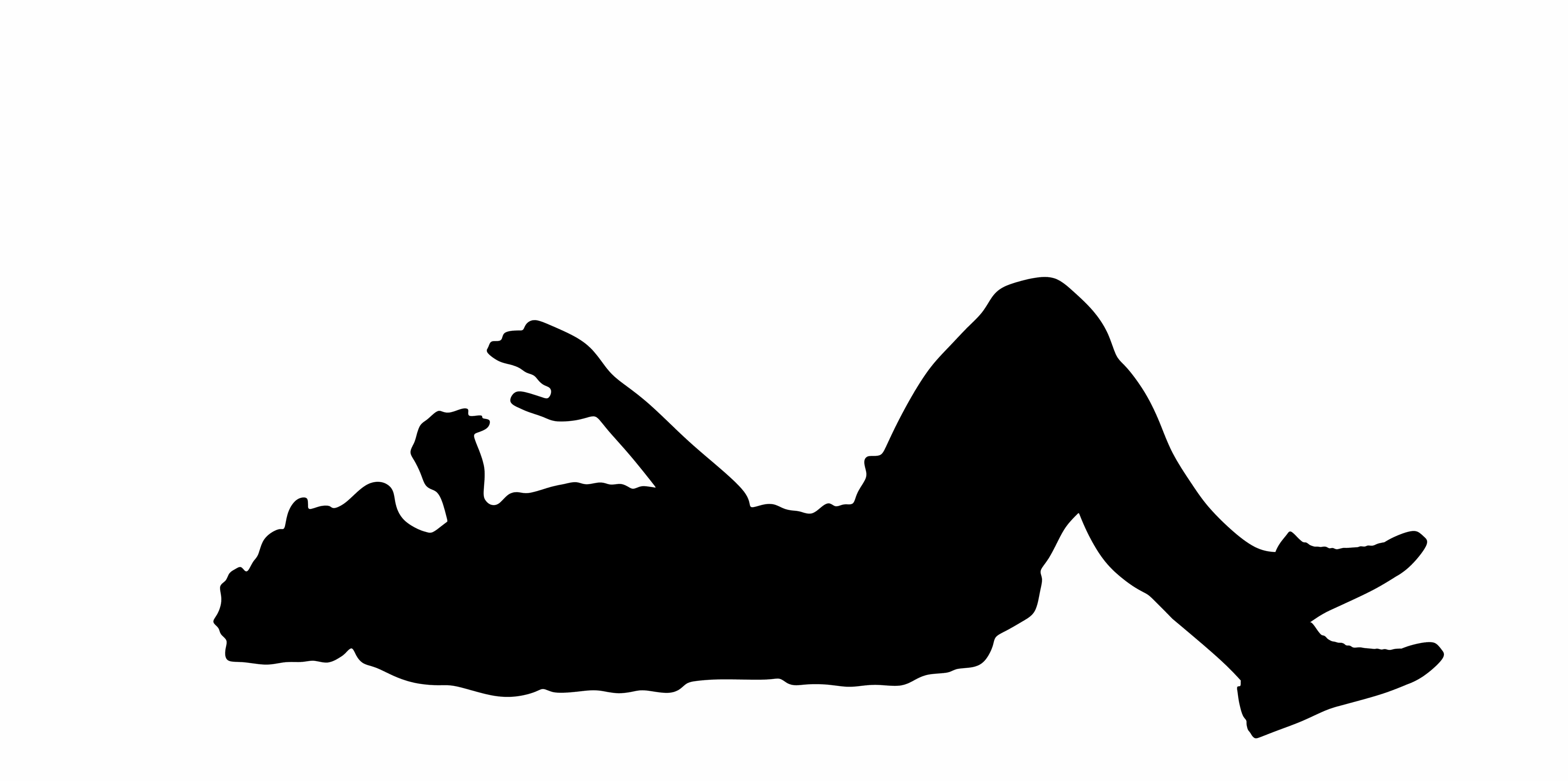Urgent Help Needed: Detecting A Hidden Communication Device With Potential Safety Concerns

I’m writing for advice on detecting a hidden communication device that they believe an individual close to them is using. Based on observed behaviors and interference patterns, there are concerns that this may go beyond ordinary deception and could involve safety risks. The person seeking help is fully cooperative in providing all details, and I can personally confirm the legitimacy of their concerns.
Key Observations
1. Behavior and Tactics: The individual often goes to specific areas of the house with background noise or camera blind spots. They will stay in view of a camera but create additional noise—such as running water, shuffling papers, or scribbling on paper—to mask whispering. This behavior appears to be a deliberate attempt to avoid being overheard. 2. Device Detection Attempts: The person seeking help has scanned for Bluetooth and WiFi devices and used an analog radio scanner without detecting anything unusual. They don’t believe it’s a cellphone, not due to a lack of detection with the scanner, but because only this individual’s presence creates interference. No other devices or cellphones in the area produce similar interference. Additionally, there are no visible signs of any earpiece, wires, or transmitters—nothing that would indicate a typical communication device—either in person or on video footage. 3. Interference Patterns: Occasionally, faint voices and partial phrases come through on security cameras and audio recordings when this individual is nearby, though the quality is too poor to understand the conversation. Interference occurs specifically in the individual’s presence, indicating a hidden device may be in use. 4. Safety Concerns and Need for Remote Monitoring: The individual’s activity tends to increase when the person seeking help is not in the room or house, so remote monitoring is ideal for both safety and observation. Given the calculated nature of the individual’s actions and unusual interference, there are legitimate safety concerns. Having reviewed some of the video evidence, I can confirm that this pattern of behavior is intentional, not imagined. What’s Needed
Due to budget limitations, the person seeking help is looking for affordable tools to locate this device and capture clearer audio, ideally with remote monitoring capability for when they are not present but not necessarily required . Here are some ideas under consideration:
• High-Sensitivity RF Detector, Scanner, Decoder: An affordable RF detector that might pick up signals on non-standard frequencies, as traditional Bluetooth or WiFi scans haven’t detected anything and there’s no way to know what frequency, band, or type or subtype of technology is in use (such as DRM type 1) • Advanced Audio Equipment: Budget-friendly tools with noise filtering or amplification, capable of capturing low-level sounds or whispers even when masked by background noise like running water or paper shuffling. • Additional Hidden Cameras: Low-cost, covert cameras to cover blind spots and monitor this individual’s actions when they believe they are unobserved. Frustrations
The person seeking help is extremely frustrated with the current limitations of their setup. The individual in question is able to move around freely, often avoiding the view of existing cameras or entering areas with limited coverage. The audio capabilities of these cameras are inadequate, especially when masking techniques—such as running water, shuffling papers, or other noise sources—are being used.
Additionally, what little audio is captured is often so deeply buried in background noise that it’s almost impossible to extract any useful information, even with advanced audio software like iZotope RX 10. Despite efforts to filter out interference, the low-quality audio makes it hard to determine anything meaningful.
Request for Advice
If anyone has experience with detecting non-standard communication devices or can recommend specific, budget-friendly tools that allow for remote audio monitoring and isolation of masked audio, any guidance would be greatly appreciated. The main goal is to identify the communication device and capture clear audio without raising suspicion, so they can fully understand if there is a genuine safety threat.
Thank you in advance for any recommendations or advice!
[link] [comments]


